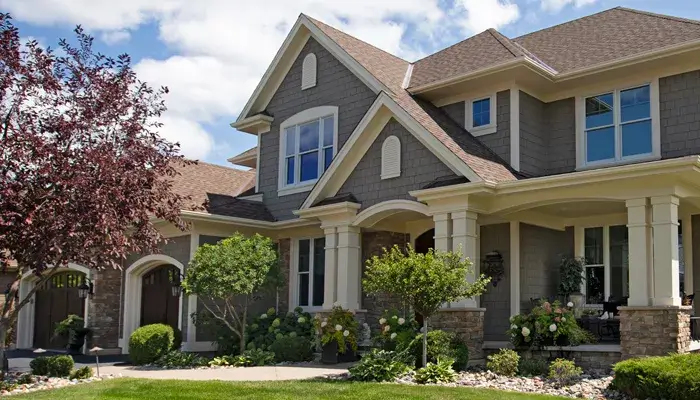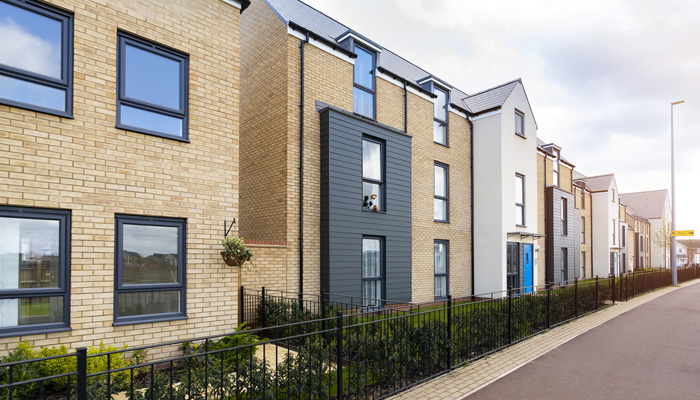Owning a listed property
What is a listed building?
Every so often a property comes on to the market with that certain something which sets it apart from the rest. It could be thatched, of historic interest, situated in a conservation area or perhaps even a combination. If so, the chances are it will be listed – most often Grade II, sometimes Grade II* or possibly even Grade I.
All buildings constructed prior to 1700 are listed providing they still resemble anything close to their original condition. Those built between 1700 and 1840 are also listed, albeit selectively, whereas those dating from 1840 to 1914 are only listed due to their architecture or any other particularly notable features.
Listed buildings are included on a national register to signify their architectural or historical importance. Therefore, owners of these properties have a responsibility to maintain their original style and character.
There are different levels of listed property. Not many people own grade I listed buildings as these tend to be national heritage sites such as cathedrals, manor houses and university colleges (see Liverpool Anglican Cathedral right). Grade II listed buildings are more likely to be on the market to buy (see example below) however, the above responsibility still applies.
Before buying a listed property there are a number of points to consider. Providing you like the house almost exactly as you see it there shouldn't be any problems. However, if you want to make changes, be prepared to have all plans inspected closely by a Conservation Officer. It may come as a surprise that being listed protects the complete building both inside and out, the area immediately surrounding it and even any extensions previously added. Before buying, you should also ensure that any work carried out by the current owner has had Listed Building Consent (LBC).
Getting Listed Building Consent
Never risk carrying out anything other than simple repairs and general property maintenance without first obtaining Listed Building Consent (LBC). Having an enforcement notice served on you is an expensive business and unauthorised alterations will prove a major problem if you ever decide to sell.
Should you become a listed property owner and decide you would like to carry out some work, first and foremost make an appointment to see a Conservation Officer. Only then will you discover if your proposed plans are appropriate. It's also worth checking to find if there are any specific features that underpin the listed status of the property. If so, this can be expected to be completely non-negotiable in terms of modifications. On the other hand, other features or areas of the property which are perhaps seen as less important, may be more likely to gain consent for changes.
However, the good news is that all alterations and extensions that have been granted consent are VAT exempt. At present no fees are involved in obtaining Listed Building Content.
While Conservation Officers have the ongoing welfare of the building at heart, they fully appreciate that owners will need to adapt their properties to suit 21st century living with appropriate bathrooms and kitchens. As for extensions and more major changes, each case is considered individually. Depending on a whole host of considerations, it may be that the Conservation Officer will rule that an extension has to be built of exactly the same materials and to the same style as the original building, whereas in completely different circumstances he or she may state exactly the opposite so that it's clear that the new build looks exactly that.
Always seek specialist advice when insuring a listed building. The cost of repairs, should anything untoward happen, will naturally be more expensive than with a modern house as the Conservation Officer will need to ensure that the correct traditional materials and craftsmanship are used to reinstate 'like for like'. Therefore, make sure you have adequate listed property insurance in place. Mainstream insurance providers may not cover your home if it is listed, so you may need to visit a specialist home insurance provider.
Estate agents often find that listed buildings attract more publicity and therefore more viewings than non-listed properties. Some people are even drawn to buying them as they feel a certain amount of kudos comes with owning one. Listed status can be seen as a third party endorsement that your property is interesting and attractive.
Generally speaking, being listed doesn't necessarily make the property more or less expensive than a similar non-listed example. The only exception would be if the property included an attached structure or feature that required regular expense for maintenance but that wasn't of direct benefit to the owner. If this was the case it could lower the asking price significantly.
Grades of listed buildings
Listed buildings in the UK are grouped into different categories:
- Grade I (highest significance)
- Grade II*
- Grade II
If you live in a listed building, it is most likely Grade II as over 90% of listed buildings in the UK fall into this category. The grade of listing dictates how much change can be made to a building's interior and exterior.
If your building is listed, it will appear on the National Heritage List for England - if you do not know your building's grade, you will be able to find the information on this list.
Listed property insurance from Towergate
Owning a listed property comes with obligations to maintain and protect the building. There are some insurers who will not cover listed buildings due to the age, materials and construction methods used on these types of properties.
We are able to offer listed building insurance for all grades of listed building which can help to put your mind at ease. For more information visit our dedicated listed building insurance page or speak to one of expert advisers on 0344 892 1750.
About the author
James Cooper is a respected industry leader with over 10 years' experience in the home and property insurance sector. He works across a broad range of insurance product and policy development and delivery, including product development; customer sales and marketing; and P&L accountability.
Date: February 01, 2013
Category: Home and Property







